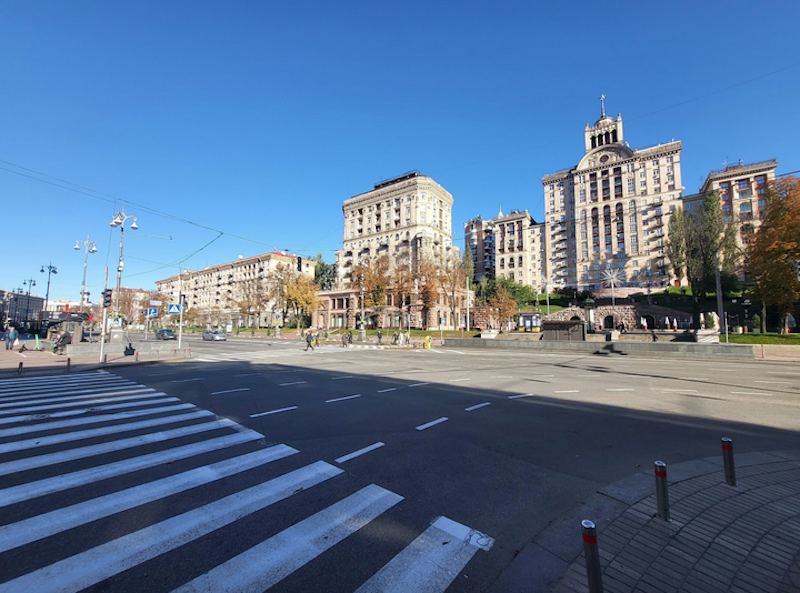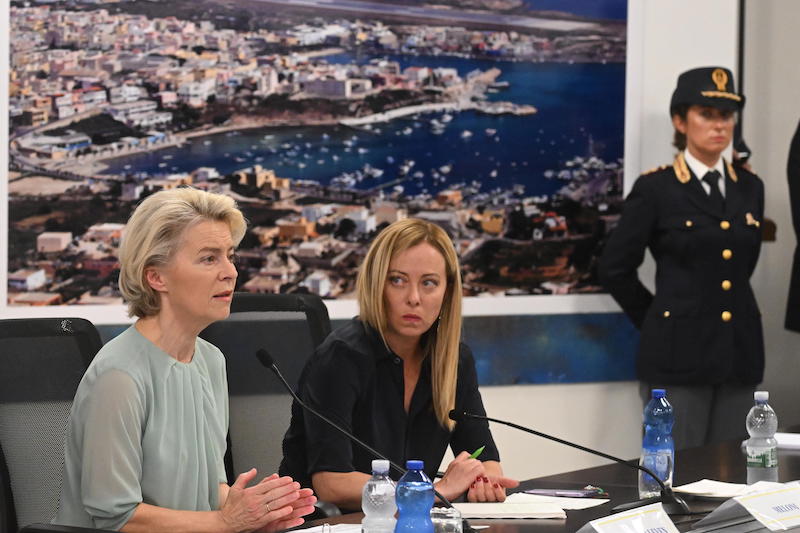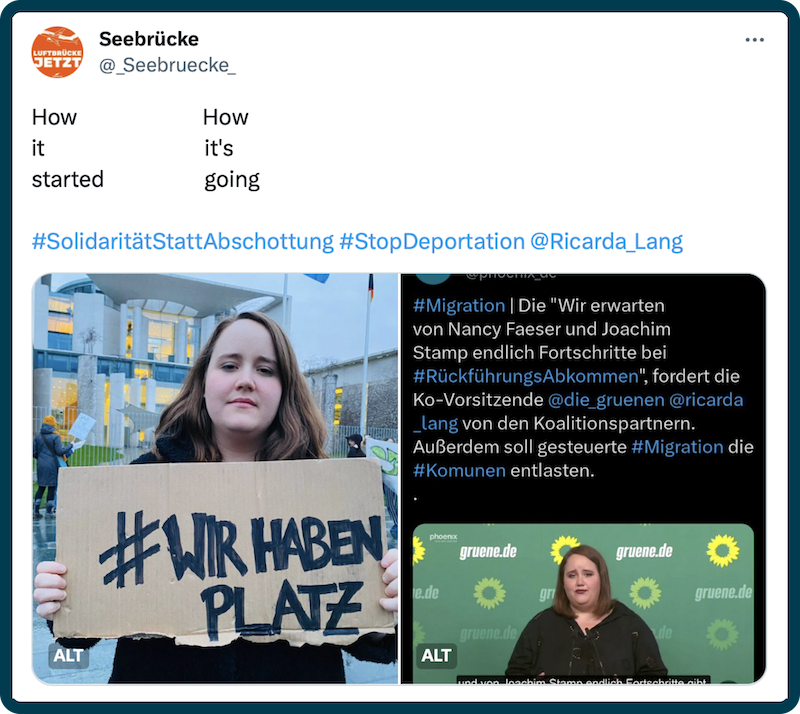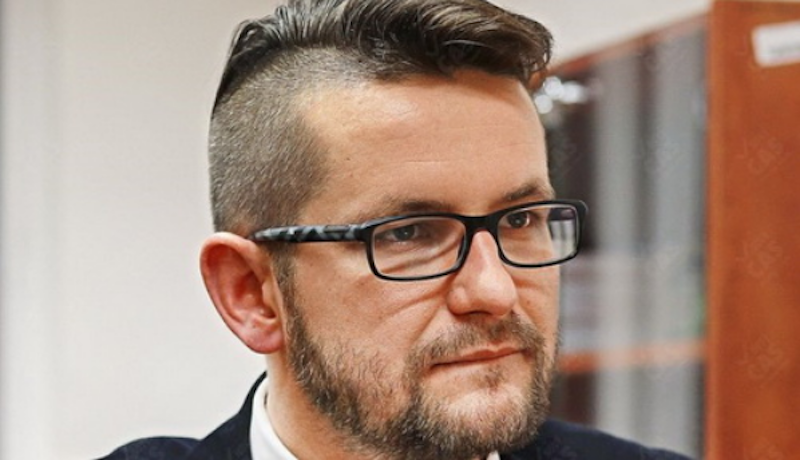Last summer, my friends from NGOs and governmental organisations in Ukraine started speaking about a surprising problem in wartime. There were plenty of vacancies for jobs, with barely anyone to fill them. Different humanitarian foundations had established their offices in Ukraine, and Western partners had upscaled their operations, providing stable and well-paid jobs for locals ― but finding people for them was a struggle.
The problem was that most of these positions required good English, a university degree and thorough experience. Ukrainians who have these attributes are usually upper middle class, and are used to moving around from country to country. As the full-scale war broke out, many of them left Ukraine. This has been a strange impact of wartime migration.
Now this staffing crisis is felt throughout the economy. A coal mine in Pokrovsk, a city 40 kilometres from the frontline, pays its workers double ― and still cannot attract enough candidates. Some men have left the city, some have joined the army, and others are wounded due to hostilities. Who knew that Ukraine would feel a shortage of workers, as Russian missiles bombard our cities?
There are many other dimensions to Ukraine being on the supply side of the migration flow. Many of my friends are abroad and who knows if they will ever come back. To sustain itself in the future, Ukraine will need more people, maybe even millions. They have to come from somewhere.
It’s doubtful these will be Germans or Spaniards. The next wave of Ukraine-related migration will most possibly come from Central or South-East Asian countries. Economists and demographers are already starting to talk about this likelihood.






